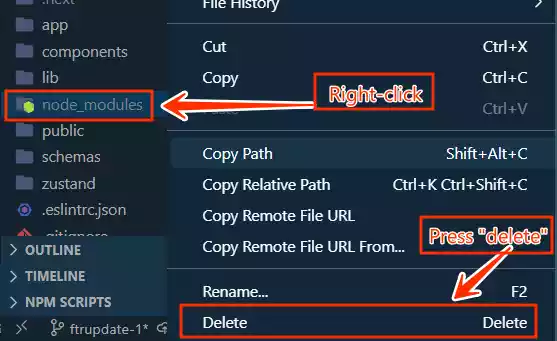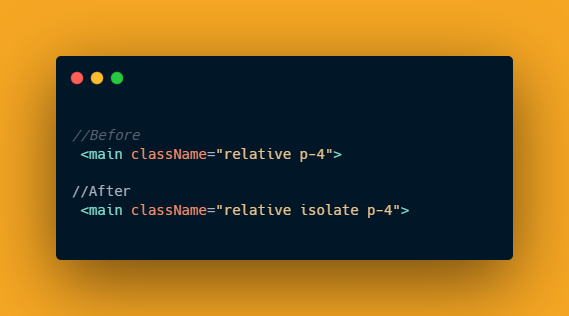Python Dictionaries: A Beginner's Guide with Examples
Are you a beginner looking to understand Python dictionaries? In this comprehensive guide, we will walk you through the concept of dictionaries in Python, providing clear explanations and practical examples along the way.

By the end of this article, you will have a solid understanding of Python dictionaries and how to utilize them effectively in your coding journey.
Table of Contents
What is a Python Dictionary?
A Python dictionary is a fundamental data structure that allows you to store and retrieve data in key-value pairs.
It provides a powerful and efficient way to manage and organize data, making it an essential tool in Python programming.
Unlike other data structures like lists or tuples, dictionaries are unordered, and their elements are accessed using unique keys.
Creating a Python Dictionary
Creating a dictionary in Python is straightforward. You use curly braces {} and separate the key-value pairs with colons.
Each key must be unique within the dictionary, and it is associated with a corresponding value. Let’s take a look at an example:
ages = {"John": 25, "Emily": 32, "Michael": 41}
print(ages)
{"John": 25, "Emily": 32, "Michael": 41}
In this example, “John,” “Emily,” and “Michael” are the keys, and their respective ages (25, 32, and 41) are the corresponding values.
Python dictionaries can have keys of any immutable data type and values of any data type.
Accessing Dictionary Values
Accessing values in a dictionary is an important operation. You can retrieve a value by using its corresponding key.
By providing the key within square brackets, you can access the associated value. Let’s see an example:
john_age = ages["John"]
print(john_age)
25
In this case, the variable john_age will contain the value 25. Similarly, you can access the ages of other individuals by using their respective keys.
Modifying Dictionary Values
Python dictionaries are mutable, which means you can modify the values associated with keys.
To update a value in a dictionary, you can assign a new value to its key. For instance, let’s say John celebrated his birthday, and you want to update his age:
ages["John"] = 26
print(ages)
{"John": 26, "Emily": 32, "Michael": 41}
After executing this line of code, the age of John in the ages dictionary will be updated to 26.
Adding and Removing Items
Dictionaries provide flexibility in adding and removing key-value pairs. To add a new pair, you can assign a value to a new key.
For example, let’s add Sarah and her age to the ages dictionary:
ages["Sarah"] = 29
print(ages)
{"John": 26, "Emily": 32, "Michael": 41, "Sarah": 29}
Now, the ages dictionary includes Sarah and her corresponding age. Conversely, to remove a key-value pair, you can use the del keyword followed by the key you wish to remove.
Let’s remove the entry for Michael:
del ages["Michael"]
print(ages)
{"John": 26, "Emily": 32, "Sarah": 29}
After executing these lines of code, the ages dictionary will no longer include Michael’s age.
Dictionary Methods
Python provides several built-in methods that facilitate working with
dictionaries. Some commonly used methods include:
keys(): Returns a list of all the keys in the dictionary.values(): Returns a list of all the values in the dictionary.items(): Returns a list of tuples, where each tuple contains a key-value pair.
These methods are useful for retrieving information about the dictionary’s keys, values, or items.
Let’s see these methods in action:
1. keys(): This method returns a list of all the keys present in the dictionary. It provides a convenient way to access and iterate over the keys. Here’s an example:
ages = {"John": 25, "Emily": 32, "Michael": 41}
key_list = ages.keys()
print(key_list)
dict_keys(['John', 'Emily', 'Michael'])
In this example, the keys() method returns a list-like object containing all the keys in the ages dictionary.
2. values(): The values() method retrieves a list of all the values in the dictionary. This is useful when you want to access or manipulate the values independently. Here’s an example:
ages = {"John": 25, "Emily": 32, "Michael": 41}
value_list = ages.values()
print(value_list)
dict_values([25, 32, 41])
The values() method returns a list-like object containing all the values from the ages dictionary.
3. items(): The items() method is particularly useful as it returns a list of tuples, where each tuple contains a key-value pair from the dictionary. This method enables you to access both the keys and values simultaneously. Let’s see an example:
ages = {"John": 25, "Emily": 32, "Michael": 41}
item_list = ages.items()
print(item_list)
dict_items([('John', 25), ('Emily', 32), ('Michael', 41)])
In this example, the items() method returns a list-like object containing tuples, each representing a key-value pair from the ages dictionary.
Iterating Over a Dictionary
Iterating over a dictionary allows you to perform operations on each key-value pair. Python provides a convenient way to loop through a dictionary using a for loop.
Here’s an example that prints the names and ages of each person in the ages dictionary:
for name, age in ages.items():
print(name + " is " + str(age) + " years old.")
John is 26 years old.
Emily is 32 years old.
Sarah is 29 years old.
This loop iterates over each key-value pair in the ages dictionary and prints a formatted string containing the name and age of each person.
Dictionary Operations
There are common operations you can perform on dictionaries, such as checking if a key exists in a dictionary and finding the length of a dictionary.
You can use the in keyword to check if a key exists:
if "John" in ages:
print("John's age is known.")
John's age is known.
This code snippet checks if the key “John” exists in the ages dictionary. If it does, it prints a message indicating that John’s age is known.
In addition, you can use the len() function to determine the number of key-value pairs in a dictionary:
dictionary_length = len(ages)
print(dictionary_length)
Output:
3
The variable dictionary_length will store the number of key-value pairs in the ages dictionary.
Nested Dictionaries
Python dictionaries can be nested, allowing you to create more complex data structures. You can have dictionaries within dictionaries, which is especially useful for representing hierarchical data.
Let’s see an example:
contacts = {
"John": {"email": "john@example.com", "phone": "123-456-7890"},
"Emily": {"email": "emily@example.com", "phone": "987-654-3210"}
}
emily_email = contacts["Emily"]["email"]
print(emily_email)
emily@example.com
In this example, the contacts dictionary contains two nested dictionaries, each representing contact information for John and Emily.
To access Emily’s email address, we provide the outer key (“Emily”) followed by the inner key (“email”). The variable emily_email will store Emily’s email address.
Final Thought
In this article, we covered the fundamentals of Python dictionaries. We discussed creating dictionaries, accessing and modifying their values, adding and removing items, and using various methods.
In addition, we explored iterating over dictionaries, performing common operations, and using nested dictionaries.
Python dictionaries are a powerful tool that allows for efficient data management and organization. They are essential for any Python programmer, and mastering their usage will enhance your coding skills significantly.





